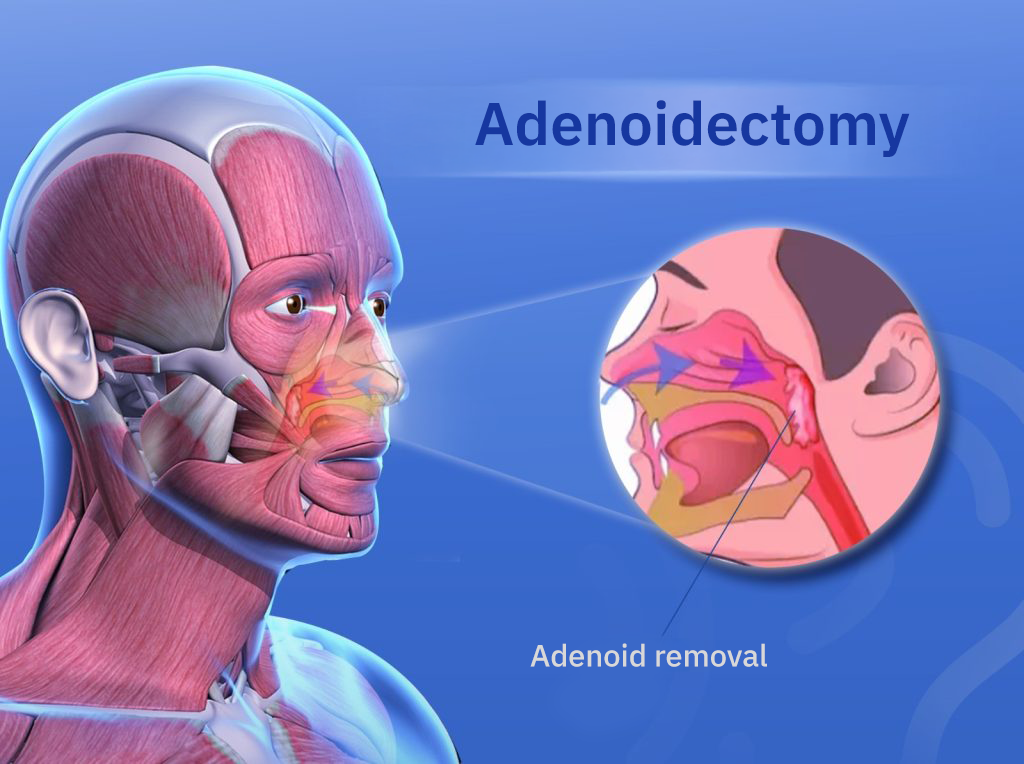Tonsillectomy and Adenoidectomy

What is Tonsillectomy and Adenoidectomy?
Tonsillectomy and adenoidectomy is a surgical procedure involving the removal of the tonsils (two oval-shaped lymphoid tissues at the back of the throat) and the adenoids (a small mass of lymphoid tissue at the back of the nasal cavity). It is commonly performed in children but may also be done in adults under specific conditions.
Reasons for Tonsillectomy and Adenoidectomy:
This procedure is recommended when the tonsils or adenoids are chronically enlarged or inflamed, causing health issues, such as:
- Recurrent Infections: Frequent or severe tonsillitis or adenoiditis causing pain, difficulty swallowing, and disruption of daily activities.
- Obstructive Sleep Apnea: Enlarged tonsils and adenoids partially or fully block the upper airway during sleep, leading to snoring, restless sleep, daytime sleepiness, and behavioral issues.
- Breathing Difficulties: Obstruction of nasal and throat passages causing chronic mouth breathing, nasal congestion, and altered speech.
Procedure:
- Pre-Surgery: A thorough evaluation, including a physical exam, medical history review, and possibly a sleep study, is conducted.
- During Surgery: Performed under general anesthesia, the surgeon removes the tonsils and adenoids through the mouth using precise instruments. Bleeding is controlled, and dissolvable stitches may be used to close wounds.
- Post-Surgery: The patient is moved to a recovery area to monitor for immediate complications like bleeding or breathing difficulties. Pain relievers are prescribed.
Recovery Period:
- Full recovery typically takes about two weeks.
- Patients may experience throat pain, ear discomfort, or a temporary voice change.
- Soft foods and ample fluids are recommended to ease pain and prevent dehydration.
Benefits:
- Improved sleep quality.
- Reduced frequency of infections.
- Relief from breathing difficulties.
Notes:
Tonsillectomy and adenoidectomy is a common procedure that significantly enhances quality of life for those with enlarged tonsils or adenoids. Risks such as bleeding or infection are minimal and manageable with medical follow-up.
